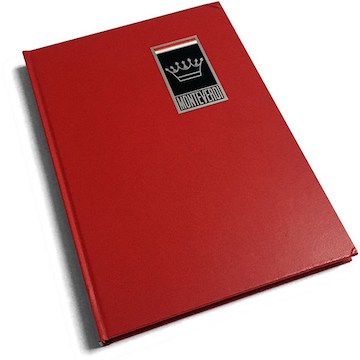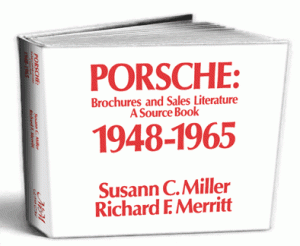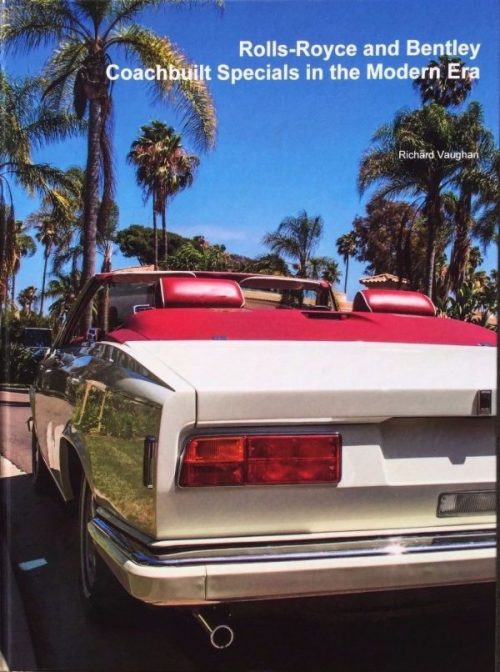Russian Warships in the Age of Sail 1696–1860
 Design, Construction, Careers and Fates
Design, Construction, Careers and Fates
by John Tredrea & Eduard Sozaev
Britannia may have ruled the waves although at the time Scottish poet and playwright James Thomson wrote his poem Rule, Britannia! in 1740 it was meant as an exhortation, something to aspire to, not a statement of fact. (This is a perfect example that punctuation matters: often the comma and exclamation mark are omitted, which changes the meaning of the lyric!) The Russian Navy certainly defended its turf capably and was victorious in some of the hardest-fought campaigns in the age of sail, all the while dealing with rather different circumstances than its European counterparts—two distinct bodies of water, the Baltic and the Black Seas, and much poorer physical and fiscal resources.
The authors, an American and a Russian, rightly say that the rise and decline of the Russian sailing navy has been “poorly understood and little documented” in the West, certainly outside of professional circles and scholarly journals. This is of course equally true of almost any Russian technical topic, and for much the same reasons of which language and its difficult Cyrillic script is not the least. In regards to this particular topic it was also a certain prejudice on the part of contemporary Western observers being dismissive of the, by comparison, poor quality of material and workmanship evident in Russian ships they encountered. But even the domestic Russian literature is not exactly littered with in-depth treatments on the order of this book so it will be a welcome addition to naval folk on all sides.
The book is similar in approach and execution to Rif Winfield’s three-volume opus British Warships in the Age of Sail, not surprisingly since he was a particular advocate of a book such as this. Many of the comments made in our review of his book about scope and organization apply here as well. One particular note is important enough to bear repeating: the subtitle may raise expectations that this book deals with the actual how-to of ship design and construction. It does not; rather, these words refer to design and construction specifications. This book is also designed and typeset by the same firm, which accounts for the similarities on that front but it is printed and bound by a different one which saw fit to give this heavy book the properly rounded spine it really needs.
Since the authors presume the reader to be new to the subject they devote over a hundred pages to a multi-tiered introduction to Russian naval organization, history, inventory, conventions and problems, and also ordnance and facilities. Especially people already familiar with Western navies will come to appreciate the very different internal and geographic conditions in Russia (which, for instance, not being an island nation like Britain also needed to maintain a standing army) and its geopolitical ambitions. Anyone with an interest in history will find this absorbing, all the more so as the well written English text is by a native speaker who is also a subject matter expert. Tredea, the American instigator of this project, wears the hat of translator, editor, and researcher of ships and general background; Sozasev is the widely published expert on his country’s sailing ships. The Introduction also gives a frank assessment of the pros and cons of the classic and largely still extant (even if hard to find) body of literature.
It goes without saying that in a reference work it is crucial to study the Introduction so as to grasp the authors’ methodology. Translation and transliteration issues are of especial relevance here, also units of measure and the changing nature of place names (realize you’re also encountering Swedish and Finnish words and places here), and understanding the parameters will avoid ill-founded complaints later. A timeline and a summary of fleet actions precede another must-read: a section entitled Data Format that lays out how the subsequent ship descriptions work.
The actual “catalog” of ships is divided into four general categories (Seagoing Navy, Inshore Fleet, Naval Auxiliaries, Steam) that are further subdivided by class/type of ship. Each class is introduced with basic commentary about its place in the order of things. Most every ship built, acquired, or captured is described in great and uniform detail (name, constructor, place of construction and key dates, specs, service life/notes; no names of commanding officers.
In terms of illustrative material there are maps, portraits, reproductions of battle scenes, photos of ship models, and paintings/drawings of ships that while representative and pertinent to the text serve a mainly decorative purpose. There is quite a number of technical drawings that may even be useful to model makers.
Appended are orders-of-battles for significant actions/expeditions. Select Bibliography, Index of ship names divided by the four general sections mentioned above.
Copyright 2011, Sabu Advani (speedreaders.info).









































































 Phone / Mail / Email
Phone / Mail / Email RSS Feed
RSS Feed Facebook
Facebook Twitter
Twitter